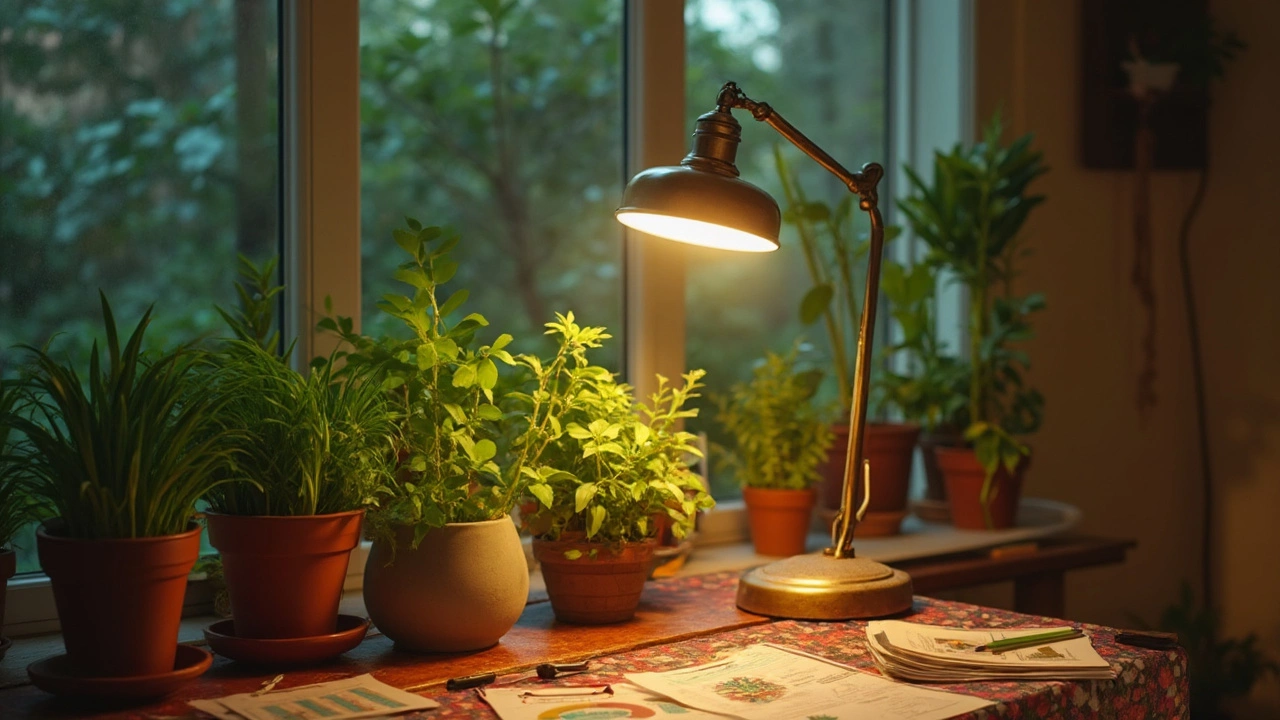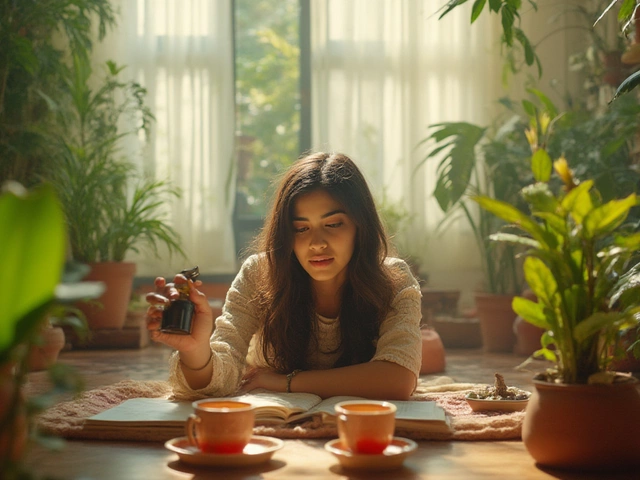Lighting Tips to Make Your Plants Thrive
Got a plant that looks droopy or a garden corner that feels dull? Light is the secret sauce that most gardeners overlook. Whether you’re growing a pothos on your windowsill or setting up a patio garden, the right light can turn a struggling green into a thriving one.
Know Your Plant’s Light Needs
First off, not every plant likes the same amount of light. Some love full sun, soaking up six to eight hours of direct rays. Others, like ferns and many houseplants, prefer bright, indirect light or even shade. Check the label or online guide for each species and match it to the spot you have. A quick rule of thumb: if a plant’s leaves are turning yellow or stretched out, it’s probably getting too much or too little light.
For indoor plants, place sun‑loving varieties (tomatoes, herbs) near south‑facing windows. Low‑light lovers (snake plants, pothos) can thrive a few feet away from the glass. Rotate pots every week so every side gets equal exposure and the plant grows evenly.
Boost Light With Grow Lights
When natural light isn’t enough—think cloudy winters or small apartments—grow lights fill the gap. LED panels are popular because they use little electricity and stay cool. Choose a light spectrum that matches your plant’s growth stage: a blue‑rich light for leafy growth and a red‑rich light for blooming or fruiting.
Set the light about 12‑18 inches above the foliage and keep it on for 12‑16 hours a day. Use a timer so you don’t have to remember to switch it on and off. If you see the leaves turning pale or the plant stretching toward the light, move the lamp a little closer. If the leaves start to scorch, raise it back.
Don’t forget about outdoor garden lighting. Spotlights can highlight focal plants, while string lights add ambiance. Solar lights are a hassle‑free option for pathways and flower beds—just place them where they’ll get a few hours of sun each day.
Finally, watch the seasons. As days get shorter, increase light duration for indoor plants or add supplemental lights. In summer, you may need to shade sensitive plants to avoid leaf burn. Adjusting light levels with the seasons keeps your garden balanced year‑round.With these simple lighting tips—matching plants to the right spot, using grow lights wisely, and tweaking as the season changes—you’ll see healthier leaves, more blooms, and a garden that feels alive any time of day.

Can I Use a Regular Lamp as a Grow Light? What You Need to Know
Ever wondered if your old desk lamp can pull double duty as a grow light? This article breaks down the science behind plant lighting, explains why not all bulbs are created equal, and shares practical tips for getting the most out of your home lamps. We’ll look at the pros, cons, and some budget-friendly alternatives for happy indoor plants. Skip the jargon—just real advice for everyday plant lovers. Expect straightforward answers with helpful facts along the way.
About
Indoor Plant Care
Latest Posts


Do Houseplants Need Misting? Truths About Indoor Plant Humidity Care
By Alden Thorne Jul 26, 2025

Why White Rice Might Spike Your Cholesterol Levels
By Alden Thorne Feb 16, 2025

Cheapest Way to Amend Garden Soil: Simple Fixes That Actually Work
By Alden Thorne Jun 8, 2025
